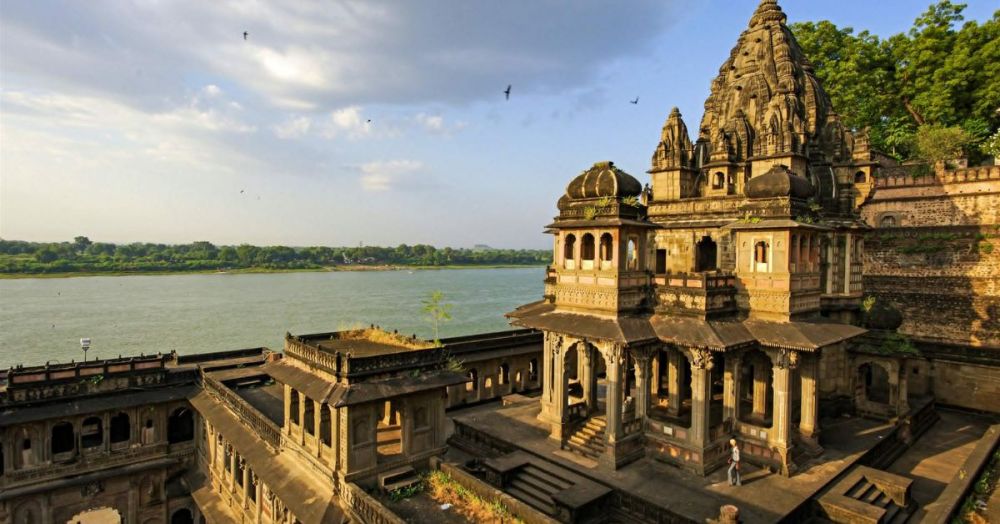

Maheshwar, a picturesque town on the banks of the holy river Narmada, has a profound place in the tourism history of Madhya Pradesh, India. Known for its serene beauty, rich cultural heritage, and the revered Maheshwar Fort, it has captivated travelers for centuries.
Maheshwar’s significance dates back to ancient times when it was known as Mahishmati and has been mentioned in epics like Mahabharata and Ramayana. The town became a prominent centre during the reign of the Paramara dynasty. However, the current tourism chapter of Maheshwar began in the 18th century, under the Holkar queen, Rajmata Ahilya Bai Holkar. She transformed this quaint town into a vibrant cultural hub, commissioning temples and ghats which today serve as focal points for tourists.
Maheshwar Fort, standing tall as the testament of Maratha architecture, lures history enthusiasts and aesthetes alike. The intricate designs and impressive structure offer a window into the past. Ahilya Bai's Chhatris (cenotaphs), Rajwada (Royal Palace), and ghats dotted with temples present an architectural tapestry that speaks volumes of the town’s historic grandeur.
The spiritual aura of Maheshwar is another draw for tourists. It is one of the important pilgrimage sites for Hindus, hosting several festivals that showcase the spiritual and traditional vibrancy of India. The Maha Shivratri festival is especially significant, attracting devotees from across the nation.
No mention of Maheshwar tourism is complete without acknowledging its sarees. Maheshwari sarees are renowned the world over for their unique weave and elegance. The looms in Maheshwar not only attract tourists interested in textile arts but also help sustain the local economy and preserve an ancient craft.
In recent years, sustainable tourism has gained traction in Maheshwar. There is a growing trend towards eco-friendly stays and experiences that promote minimal environmental impact, thus preserving Maheshwar's pristine ambiance.
The concept of homestays has mushroomed in Maheshwar, offering travelers a chance to immerse themselves in the local lifestyle. This experiential form of tourism has increased interaction between visitors and locals, facilitating deeper cultural exchange and understanding.
With a progressively increasing global interest in heritage and cultural tourism, Maheshwar is set to welcome more international and domestic travelers. Efforts by the government and local communities focus on promoting responsible tourism, ensuring that the charm and legacy of Maheshwar is preserved for future generations to relish.
For those planning a visit, the best time to explore Maheshwar is between October and March when the weather is most pleasant. Every visitor to Maheshwar leaves with cherished memories, a piece of history, and, very often, a beautiful Maheshwari saree.